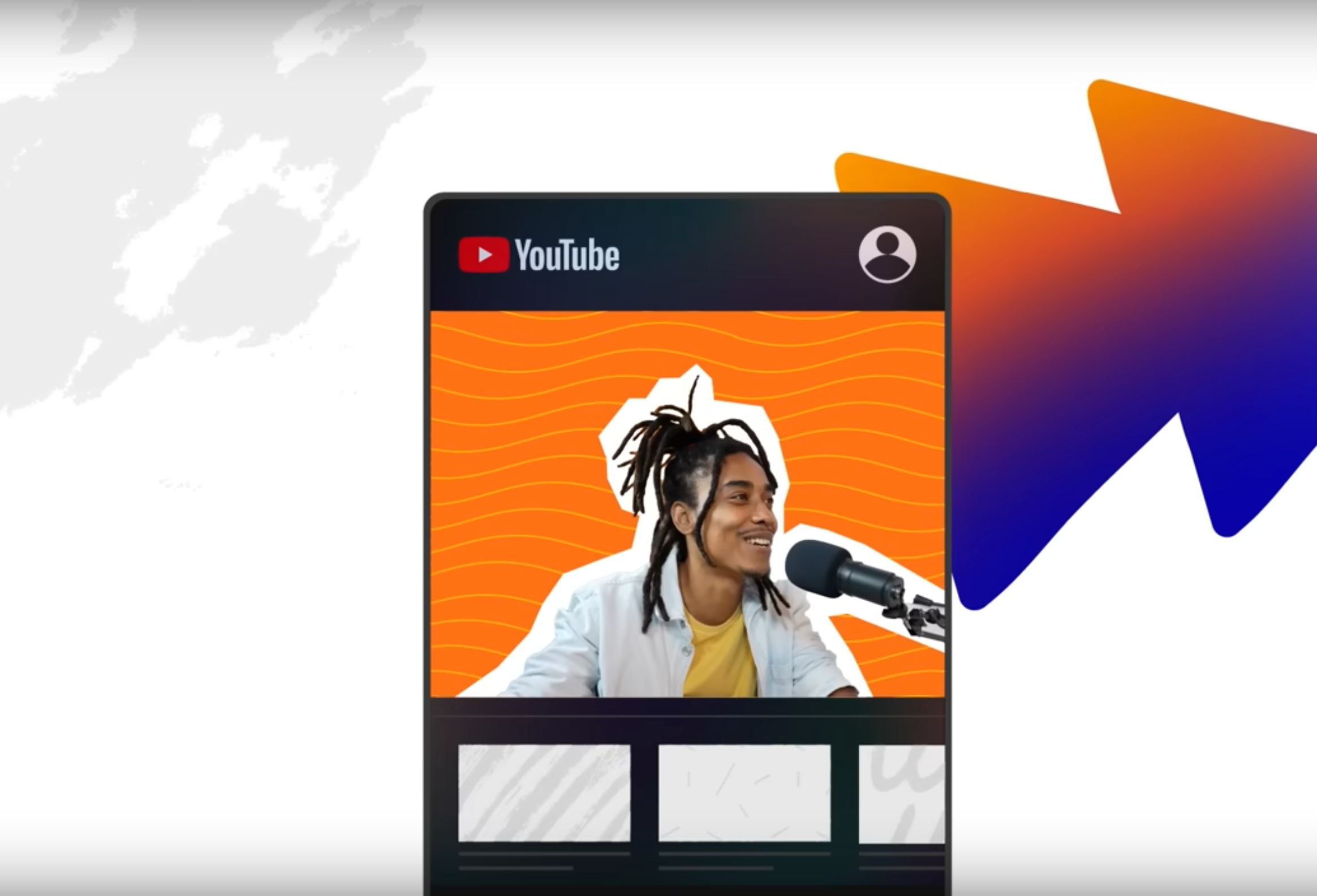With over 2 million podcasts out there, making yours stand out from the crowd can be a daunting task. But a well-thought-through social media strategy can help you find new listeners and grow your audience.
In this article, we’ll run through some quick tips to get you started with creating a social media strategy to market your podcast.
If you already have a social media presence, you are ahead of the game. Assuming your podcast fits comfortably with the rest of your brand’s offerings, you should leverage your existing profiles instead of setting up new ones.
Even if you are starting from scratch, you can use social media to grow your podcast and attract new listeners. It is also a fantastic way to keep your existing audience engaged between episodes, as it gives you an easy place to share short content and carry on the conversation.
1. Build Your Listener Personas
Just as you would start by creating buyer personas if you were marketing a product or service, you should have a thorough understanding of your target audience before putting together the social media marketing strategy for your podcast.
Who is your podcast targeted at? What do they do? Where are they from? What are their goals? What do they want from your podcast? Who else do they follow?
Take some time to research your potential audience and create listener personas that fit. Then, when you draft your posts for social media, you know exactly who you are talking to.
You can also make a guess at when they are most likely to be online and which platforms they use. If you’ll be doing any paid-for social media advertising, you can use this research to target the right groups.
If you know which other brands your target audience interact with, you can use their content as inspiration. See what is working well for your competitors and apply that learning to your own social media strategy.
2. Develop a Content Calendar
Most successful podcasts put out new episodes regularly. Assuming yours will do the same, you’ll want to establish a marketing plan that you use for promoting every episode.
Using a content calendar can help you stay organized and keep track of which episodes need promoting on which social media channels, especially if you’re marketing other offerings alongside your podcast.
This will probably include one or two posts before the episode is available, and several posts afterward.
You can also use scheduling tools, such as Buffer, Later, or Hootsuite, to help you manage your posting timetable.
Here’s an example of what a simple posting sequence might look like, from Voices of Search host, Benjamin Shapiro.
He starts by teasing the audience with a sneak peek before the episode is available, getting their curiosity going:
And later follows up with a captioned audiogram with a snippet from the show:
3. Adapt Your Posts to the Platform
Part of the reason we have so many different social media platforms available is that each has its own voice and feel. While you can simply post the same content to every channel, you’ll see higher engagement if you take the time to adapt slightly to suit the unique needs of that platform.
Firstly, you may not want to spread your content over every social media channel, at least to start. The listener personas you developed in step one can help you narrow down which platforms your target audience use and concentrate your efforts there.
After that, make small changes to your post captions to suit the audience and format of each social media platform. Short and snappy for Twitter, professional and business-like for LinkedIn. Informal and personal on Facebook, image-heavy and friendly on Instagram.
Don’t forget to crop the size and shape of your images to fit the format you are using – an Instagram feed post uses a different shape image from a Story, for example.
And be aware of the quirks of each channel too. Instagram’s lack of clickable links is a particular challenge for marketers – if you have enough followers, you can use Stories to let people swipe up. But you’ll need to post a paid ad to get that feature with an audience of less than 10,000.
Facebook makes it notoriously difficult for brands to grow their following organically. But their paid-for ads give lots of versatile options for marketing your podcast.
Twitter, of course, limits the tweet length, but short and snappy is often best for marketing your podcast anyway. If you do need more words, split longer content into several posts and create a thread.
4. Use Images and Video
Add images to your posts to boost engagement and catch the eye of social media browsers. Even better, add audiograms with a snippet of your podcast episode. Giving your audience a taste of what the episode offers will encourage them to click through to hear the rest.
Choose a snippet that is intriguing, engaging, and fits well with the theme of the podcast.
The New York Post does this to promote its sports podcast, Amazin’ But True. On Twitter, they supplement the short text and catch the attention of sports fans by combining images of their guests in action with audio excerpts from the podcast episode itself:
5. Use Captions
While we are on the topic of using audiograms, another point in favor of the New York Post’s social media marketing is their use of captions.
For one thing, it makes your posts more accessible, and that is something we should all strive for. But it is also just necessary. Despite the rising popularity of audio and video content, most social media users browse with their sound switched off. In fact, research from Verizon Media suggests that 92% of mobile users view videos without sound.
When you’re creating audiograms to market your podcast on social media, make sure to include captions so that you reach the majority of your audience that has their sound off.
Here’s a striking example from Michelle Obama. This Instagram post takes captioning a step further by making the captions themselves bold and graphic, catching the attention of both readers and listeners:
https://www.instagram.com/p/CG8AoRlgk-_/
6. Involve Your Guests
Your podcast guests likely have their own social media followings, so making use of their audience as well as your own is a no-brainer.
Ideally, discuss your expectations for cross-promotion with them when you book them as a guest so that everyone is on the same page about what they need to deliver. Most guests will be more than happy to share their involvement.
You can provide them with images and content to use. This might include pull quotes, behind-the-scenes footage, screenshots of Zoom calls, or simply the preview image from their episode. Make sure they have the URL easily to hand as well.
You should also tag guests in your own marketing and ask them to re-post. And make sure you share their posts with your audience too.
Summary
Although building your podcast’s audience takes time, social media is a vital part of your marketing toolbox when it comes to finding new listeners.
Create your strategy with your target audience in mind, keep yourself organized with a clearly planned calendar of promotional content for each episode, and adapt your posts to fit the platform they appear on.


